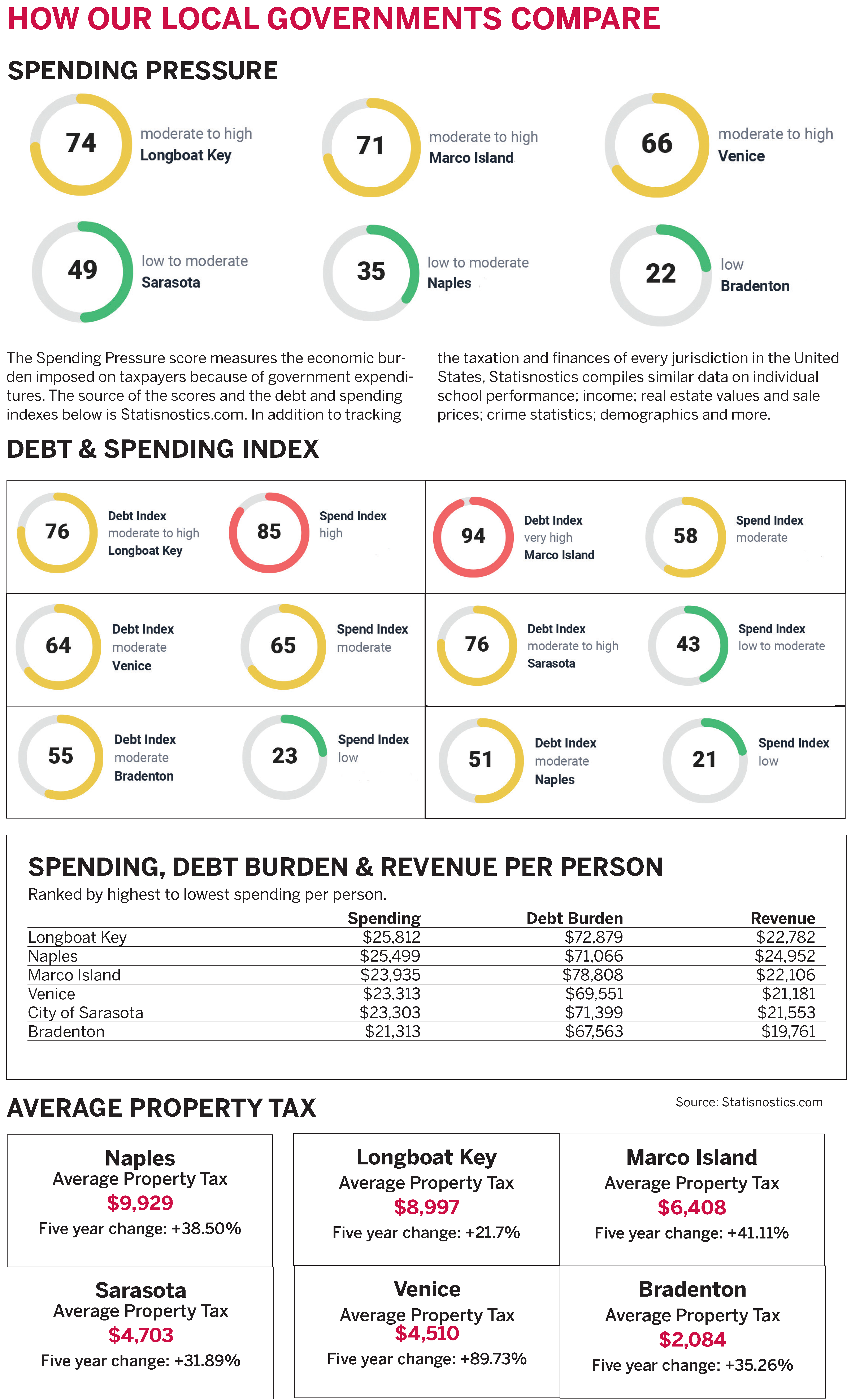- July 15, 2025
-
-
Loading

Loading
This is it, your last opportunity. September is adoption month — when Florida’s municipalities and county governments adopt their budgets and tax rates for the next fiscal year.
By law, each government jurisdiction must hold two final public hearings. This is when you can try to make your final case either for or against what your elected officials are going to collect from you and/or how they’re going to spend your money over the next 12 months.
Rare is the day when these hearings attract much of an audience. For one, and sadly, most taxpayers pay little to no attention to this process. What’s more, after months of talking about their budgets, elected officials would look at you with glazed eyes and pretty much tune out anything you had to say.
The fact is, taxpayers pretty much operate on blind faith and trust that the people they have elected locally are fiscally responsible — unlike the corrupt spendthrifts in Congress.
To be sure, the Observer can be a better watchdog. (A commitment: We will.) But with the amazing power of creative software and availability of data and information in the cyber world, there is a new tool to help taxpayers see with a couple clicks how their tax jurisdictions are taxing and spending and how they compare. The accompanying informational graphics are a sample.
The producer of this data is Statisnostics, an upstart company with roots on Longboat Key. One of its creators is lawyer Ed Tiesenga, a Chicago and longtime, part-time Longboat Key resident. He and his team have created software that can scrub through census data and information from every municipality’s online data to create remarkably useful information — especially for people contemplating a move.
You can compare cities’ taxes and spending; real estate values and sales; crime data; individual schools’ performance; demographics; weather risks; incomes and more.

As our graphics demonstrate, you can see that Longboat Key is in the red zone of spending, while Marco Island has a dangerous debt issue. If you were thinking of relocating to either place, the Statisnostics data might trigger a need for more research. Statisnostics.com, in fact, is faster and easier than, say, trying to wade through your city’s annual budget book.
We can attest to that.
You can go blind and insane trudging through each jurisdic-tion’s budget. Longboat Key, for instance, recently hailed its new online budget book. We’ll certainly give the town’s Finance Department and Finance Director Susan Smith credit. It’s the best presentation, best organized, most detailed and most explanatory budget book in the region. Smith and her team created an easier-to-follow and navigate book than all of her peers’ books.
It is so detailed, it even lists the projected costs of a beach rake; updating a bathroom at Durante Park; a mowing trailer for the parks department; and virtually anything a department intends to purchase. While all that detail is the epitome of transparency, the budget book for Longboat Key is 781 pages! Sarasota County’s book is a tortuous 612 pages. And talk about non-user-friendly: the Manatee County website is the winner, or more like it — the loser.
Surely, there is artificial intelligence that could standardize the most salient pieces of information that taxpayers want to know. Like this one: In the thousand-plus budget pages, it’s rare — or certainly not emphasized as it should be — to find a table or chart that shows the year-over-year percentage change in revenues, expenses or staff numbers. Such percentages are crucial for taxpayers. They are the quickest way to spot aberrations.

We’re convinced the finance directors are instructed to leave out percentage changes for that reason — to make it difficult for taxpayers to detect unusual spending or big jumps in tax revenue.
We’ve tried on this page to cull a sampling of that useful information. Our apologies if there are so many numbers that your eyes and mind glaze over.
But take a little solace. Here is what we’ve gleaned from the proposed budgets:
Florida’s local governments and school districts are benefiting now with gobs of new cash, thanks to rising real estate values and all of the housing construction accommodating Florida’s population growth.
And, of course, these governments will spend that new money —much of it justified to update old and add new infrastructure.
That’s what governments and elected officials do. But if you don’t approve, you have two more opportunities to let them know.